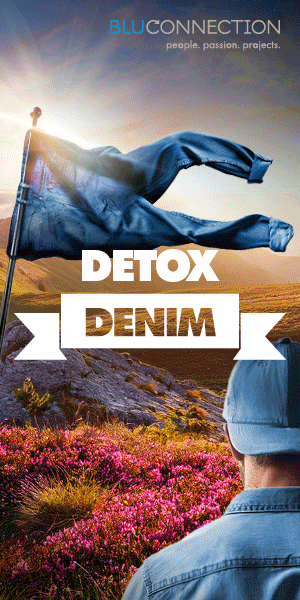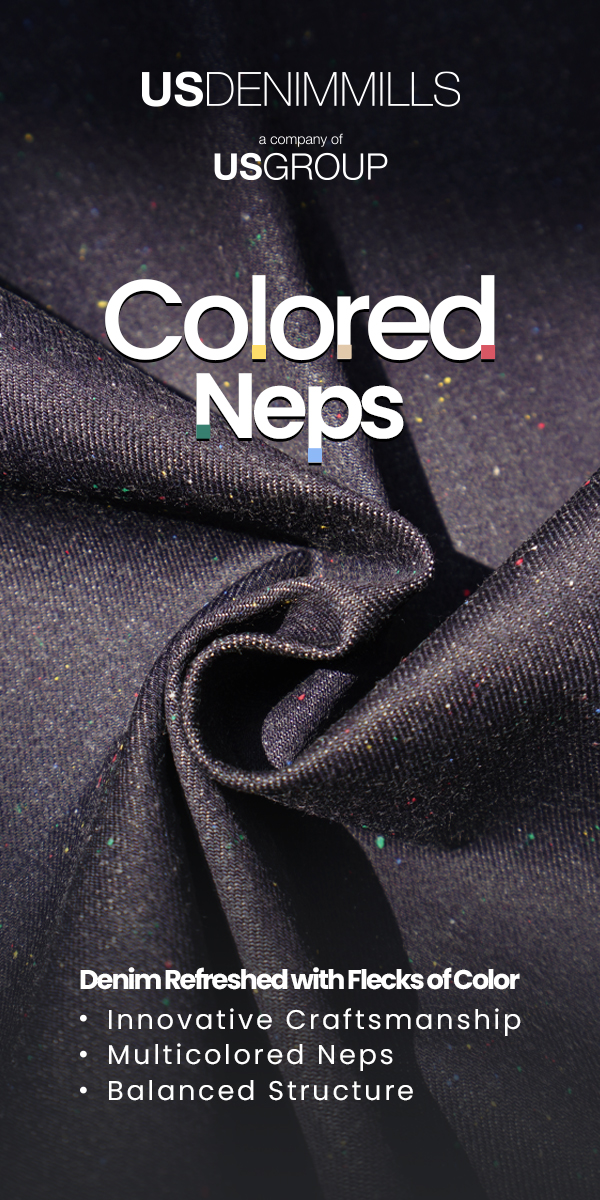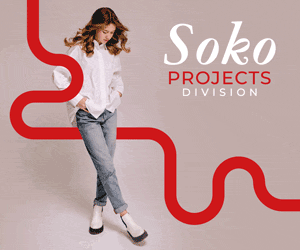Seoul searching for used jeans

Six start-ups from South Korea caught the eye at a recent major exhibition in Milan, none more so than a brand that turns old jeans into tote bags.
Against the odds, Troisième Objet, an upcycling brand from South Korea that uses old jeans to create tote bags, was one of the belles of the ball at the Mipel accessories exhibition in Milan in September.
A new feature at this, the 126th edition of Mipel, was a section given over to the Seoul Leather Manufacturer Support Center, an incubator facility run by the authorities in the South Korean capital to help start-up companies attain success. There are currently 300 small manufacturers operating at the centre, but its director, Hong Chang UK, insists there are around 3,000 manufacturers making bags and other accessories in the city, with a further 300 start-up companies making high-end shoes.
Shared resources
Mr Hong’s role begins with the selection of start-ups that he thinks will benefit from becoming part of the community at the centre. There, they have access to education and training resources to learn more about materials and techniques for turning them into beautiful products. There is also machinery they can share for cutting, stitching and finishing the things they make, and a professional photographic studio to help brands showcase their collections, all supported by the city.
The domestic market is strong in South Korea, Mr Hong explains. The country’s economy is the fourth-largest in Asia and the fourteenth biggest in the world. In its most recent forecast at the start of the third quarter of 2024, the International Monetary Fund foresaw full-year growth of 2.5% for South Korea this year. “But South Korea is a relatively expensive place to produce,” the centre’s director continues, “certainly in comparison to some of our neighbours.” This makes export growth a challenge, especially close to home. For this reason, the Leather Manufacturer Support Center has begun to look further afield for export clients, including in Europe.
The price of uniqueness
For the Mipel project, the centre invited six of the companies to prepare collections of products to put on display in Milan as examples of what the Seoul start-ups are capable of. Although Troisième Objet was one of the six, its founder, Sung Eun Jung, was unable to travel to Italy in person. Ms Sung’s focus on small leathergoods secured her place in the centre and is still an important part of her work. Nevertheless, it was her tote bags, constructed from upcycled denim and white cotton canvas that turned the most heads.
These bags, the Drian (medium and small) and the Tana, have a recommended retail price of more than $100 each. This can rise to more than $150 for the Drian Medium, a price-point at which many leather bags, from South Korea and elsewhere, are available. Ms Sung’s conviction that her denim-canvas products are worth the money stems from the uniqueness of each one.
Uniqueness, of course, also implies a degree of unpredictability, which Troisième Objet experiences primarily because the denim it uses in its products comes to it through donations. “The upcycling market is just getting started here and the initial donors were people I am close to,” Ms Sung says, “such as friends and family. They became promoters of the brand and, through that, the number of donors is now increasing.” Therefore, the brand’s access to denim fabric still depends on family and friends handing over jeans and jackets that they no longer wear, but a wider circle of people is now involved.
Cutting edge
The company’s founder explains that she washes and cuts up these garments herself. “The size, colour, detail and condition of each of the used materials are all different,” she says, “and that means you have to cut according to the suitability of each. This is why I cut them myself.” She explains that, even within a single design (the smallest bag, the Tana, is always 20x27x4 centimetres, for example), the varying status and size of the pieces of fabric that make up the patchwork mean mass-production in a factory would be impossible. Some show a back pocket, others a front pocket, others use fabric from the front of an old pair of jeans. The permutations would be endless if sufficient material were available.
Retro culture
Enough usable old jeans and jackets are appearing in the supply-sort-wash- disassemble-design-reassemble pipeline for Troisième Objet to produce 50 of these bags per month. Buyers of them at the moment are mainly young people in their twenties and Ms Sung says this has come as something of a surprise. The brand’s monitoring of interest in its products shows plenty of people who are younger and older than this cohort clicking to find out more about Troisième Objet, but it is the twenty-somethings who seem keenest to follow this up with a purchase.
The founder’s conclusion is that this group is bolder about translating concerns about over-consumption and fashion’s environmental impact into buying decisions. “In addition, retro and Y2K culture is very hip among them and this fits well with our designs and mood,” she adds. “Our products have sold only in South Korea so far but our hope is that participating at Mipel will help introduce our products to customers in other countries.”
In the shot
Something unexpected happened in Milan that may well help the brand achieve this aim. An Italian television channel, Canale 5, attended the opening day of Mipel and the Micam footwear exhibition that ran in parallel. It then ran a five-minute summary of the opening day as part of its main evening news broadcast. There was a lot to fit in because these are important industries in Italy and government ministers were in attendance to present a series of ideas for resolving the domestic sector’s recruitment crisis. The Canale 5 team only picked out a handful of products (from the thousands on show) to include in the piece, but among those that did feature were the denim and canvas bags from Troisième Objet.
Founder Sung Eun Jung washes and cuts all the donated denim garments herself to make the best use possible of the upcyclable parts.
Photo: WTP













